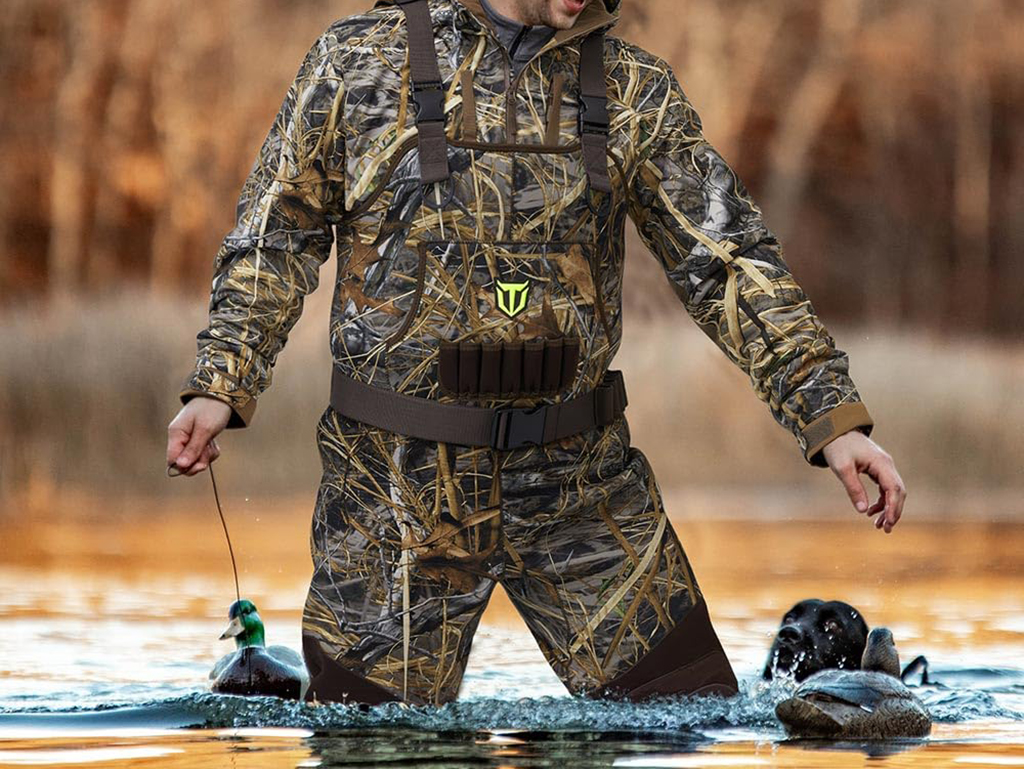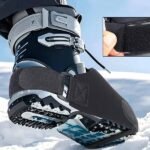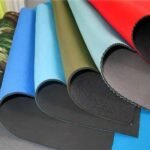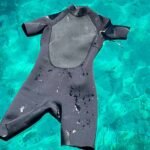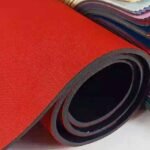When it comes to choosing the right waders for outdoor activities, whether you’re fishing, hunting, or working in harsh conditions, the material you choose plays a significant role in your experience. Neoprene and nylon are the two most commonly used materials, but how do they compare in terms of performance, comfort, and durability? This comprehensive guide will help you understand the pros and cons of each material and help you decide which one is the best fit for your needs.
Neoprene waders are known for their thermal insulation, flexibility, and durability, making them ideal for colder conditions. Nylon waders, on the other hand, are lightweight and breathable, which makes them perfect for warmer weather and environments.
Transition paragraph: Choosing between neoprene and nylon for your waders depends largely on the climate, activity, and level of comfort you desire. Let’s dive into a detailed comparison of these two materials and explore which one is best for your needs.
What are Neoprene Waders and Nylon Waders?
Before delving into the advantages and disadvantages of each material, let’s first understand what neoprene and nylon waders are, and how they function.
Neoprene waders are made from a synthetic rubber material known for its excellent insulation properties. Nylon waders, on the other hand, are crafted from a strong, lightweight fabric that offers breathability and flexibility.
Neoprene waders are composed of a rubber-like material with tiny air pockets that provide insulation against cold water temperatures. These air pockets trap body heat, making them ideal for cold-weather environments. Neoprene is commonly used for wet suits and waders because of its ability to insulate while still maintaining flexibility. The material also tends to be thicker, providing an additional layer of protection against abrasions and punctures.
Nylon waders are made from a type of fabric that is woven from synthetic fibers. It is known for being durable and water-resistant, though it does not offer the same level of insulation as neoprene. Nylon waders are often coated with a waterproof membrane to enhance their ability to repel water, but they tend to be thinner and lighter than neoprene waders. They are more breathable, which makes them a good choice for warmer conditions where insulation is not a primary concern.
What is the Best Material for Waders?
The best material for waders depends on the specific conditions you will be facing and the activity you plan to undertake. There is no one-size-fits-all answer, as each material excels in different areas.
For cold water environments, neoprene is the superior choice due to its insulation properties, while nylon is ideal for warmer, more breathable conditions.
If you are planning to work in cold, icy waters or stand in water for extended periods, neoprene waders are the better choice. Their thick, insulating design helps retain body heat, even in freezing conditions. Neoprene waders are excellent for fishermen in cold rivers or for hunters working in freezing environments.
On the other hand, if you will be working in warmer climates or need a pair of waders for a short period of time, nylon waders are a great option. Their breathability ensures you stay comfortable and dry, even in hot or humid conditions. Additionally, nylon is often lighter, making it more convenient for long walks or hikes.
In conclusion, the best material depends on your specific needs. For extreme cold, go with neoprene; for warmer, more active environments, nylon is your best bet.
Is Neoprene or Nylon Better for Waders?
The question of which material is better—neoprene or nylon—comes down to what features are most important for your activity. Let’s break down the key considerations.
Neoprene waders are better for colder conditions and provide more durability, while nylon waders excel in comfort, breathability, and lightweight flexibility.
Neoprene waders have the upper hand when it comes to insulation and protection. They are built for durability and are generally thicker than nylon, which makes them more resistant to damage from rocks, branches, and other debris in the water. Neoprene also keeps you warm for longer periods, especially in freezing conditions, and provides excellent water resistance. However, the thicker material can make neoprene waders less breathable, which might lead to sweating in warmer climates.
Nylon waders, while not as insulating, offer significant advantages in terms of comfort and breathability. They are more flexible and lighter, making them easier to wear over long distances or for extended periods. If you are in need of waders for activities that require quick movement, like walking or hiking in water, nylon will allow for greater flexibility. Additionally, the material’s breathability makes it ideal for warmer climates, as it helps regulate temperature and moisture.
So, when deciding between neoprene and nylon, consider the primary function of your waders. For extended wear in colder conditions, neoprene is the best choice. If you need a pair for warmer conditions or active movements, nylon is the better option.
What are the Cons of Neoprene Waders?
While neoprene waders are known for their insulation and durability, they do come with certain disadvantages that you should be aware of before making your purchase.
Neoprene waders can be bulky, less breathable, and may cause overheating in warmer environments. They are also typically heavier than nylon waders, which may make them uncomfortable for long periods of use.
Despite their excellent insulating properties, neoprene waders can be too warm for use in hot weather. The material retains body heat, which can lead to sweating, discomfort, and even overheating during physical activity. This makes neoprene waders less suitable for situations where high breathability is required, such as fishing on a hot summer day.
Another downside to neoprene waders is their bulk. Because neoprene is a thicker material, it can be heavy and restrictive when compared to the lightweight design of nylon waders. This can be especially noticeable when walking for long distances or during active tasks, as the weight and bulk of neoprene can cause fatigue.
Lastly, neoprene waders are more prone to damage from UV rays. Over time, exposure to sunlight can cause the material to degrade, which may lead to cracks or tears. Proper storage is necessary to prolong the lifespan of neoprene waders.
How Long Will Neoprene Waders Last?
Durability is a key factor when selecting waders, and neoprene is known for its long-lasting performance. But just how long can you expect neoprene waders to last?
Neoprene waders can last several years, depending on usage, storage, and care. With proper maintenance, you can extend their lifespan and enjoy reliable performance for many seasons.
Neoprene waders are highly durable, but their lifespan depends on how frequently they are used and how well they are cared for. On average, neoprene waders can last anywhere from 2 to 5 years, though some high-quality brands may last longer. Regular exposure to harsh environments, such as sharp rocks, extreme temperatures, or UV rays, can shorten the lifespan of neoprene waders. However, with proper care—such as rinsing them after use, storing them in a cool and dry place, and repairing any small damage immediately—your neoprene waders can provide years of reliable service.
Nylon waders, by comparison, may have a shorter lifespan due to their thinner construction, although they are often more resistant to UV damage. However, they can be more prone to tears and punctures, especially in rocky or abrasive environments.
Conclusion
In conclusion, the choice between neoprene and nylon waders ultimately comes down to your specific needs. Neoprene is the best choice for cold-water environments, offering superior insulation and durability. It provides warmth and protection for long hours in freezing temperatures. On the other hand, nylon waders excel in warmer conditions, offering breathability, comfort, and flexibility. While neoprene waders are ideal for colder weather, they are bulkier and less breathable, which can be a disadvantage in hot climates. Nylon waders, while lighter and more flexible, may not provide the same level of insulation.
To choose the right wader for your needs, consider the conditions you’ll be working in, the level of comfort you require, and how long you need the waders to last. No matter which material you choose, both neoprene and nylon waders offer distinct advantages and are suitable for different applications.
With this guide, you should be able to make an informed decision on whether neoprene or nylon waders are the better choice for your needs. Feel free to reach out to us at info@neoprene-bag.com for more information or to inquire about customized neoprene wader solutions.

